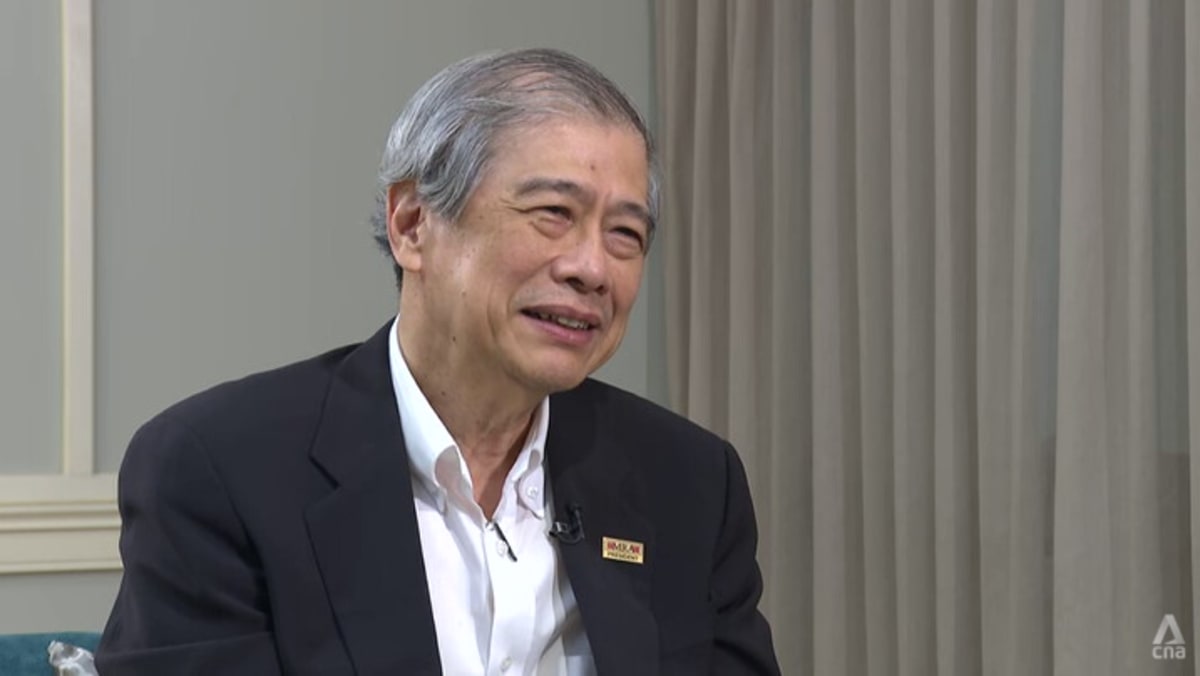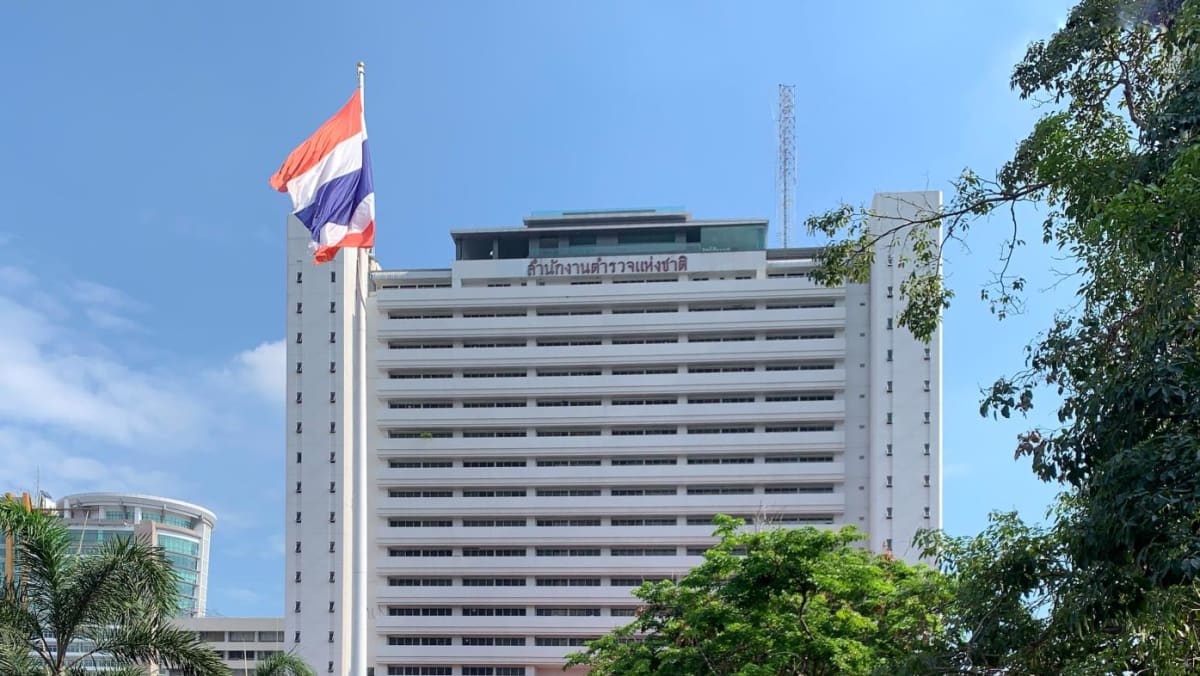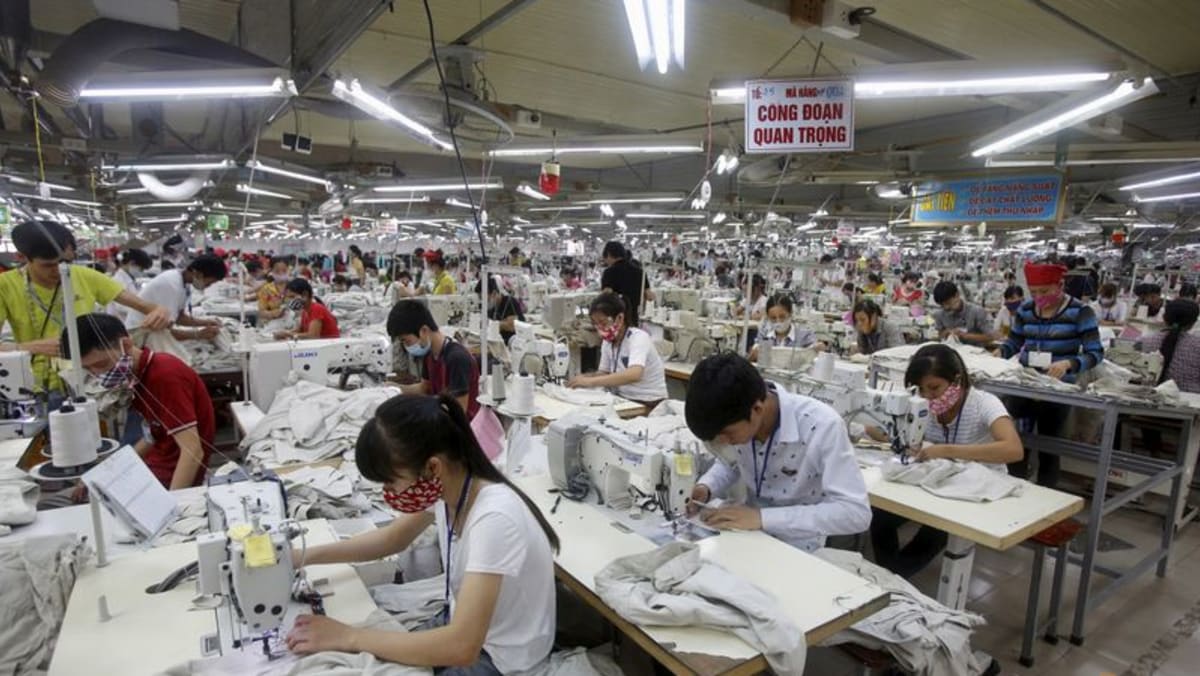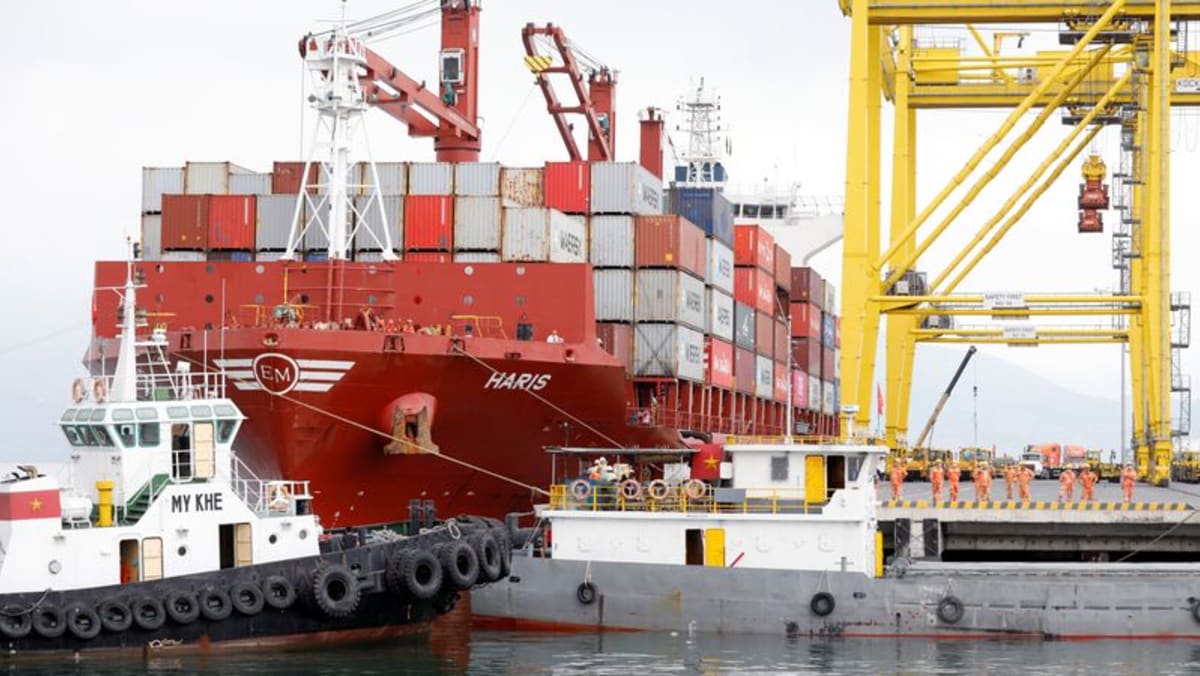As El Nino bites, Indonesians struggle with record-high rice prices
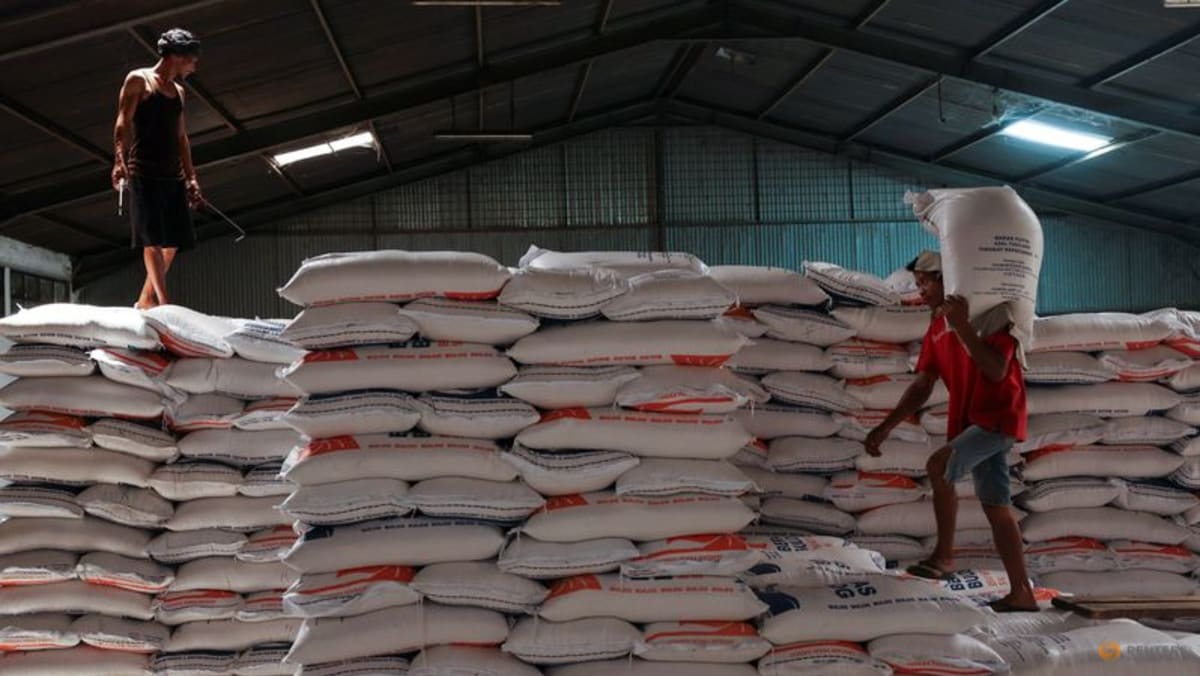
SURABAYA: It was still pitch-black outside when Indonesian housewife Sutinah made her way to a local police station early one-morning last month, hoping to avoid queues and take advantage of a government scheme offering affordable rice.
Even though dry weather fuelled by El Nino has led to a rice shortage and sent prices to record highs, the 52-year-old from the East Java town of Pasuruan was still shocked to see hundreds of like-minded residents already waiting patiently in line.
“By the time we got here it was already busy, we still had to queue. We had no other choice because the price of rice in the market is very expensive,” said Sutinah, who like many Indonesians goes by just one name.
The mother-of-two queued for two hours to buy two 5kg bags of rice for 102,000 Indonesian rupiah (US$6.51) – a saving of about 50,000 rupiah compared to supermarket and market prices.
Indonesia was self-sufficient in rice in the 1980s before farmland was used to build housing for the booming population, which now stands at more than 270 million people.
Despite this, more than 90 per cent of Indonesian families still consume rice every day, providing more than half their daily calories.
The Southeast Asian nation’s per capita annual rice consumption stands at about 95kg – much higher than the average yearly consumption of other carbohydrates like corn, sweet potato, potato and cassava, said Rajendra Aryal, the Food and Agriculture Organization’s representative in Indonesia and Timor-Leste.
Such is the importance of the staple to Indonesia’s economy, culture and society that high food inflation contributed to the downfall of strongman President Suharto in 1998.
Last year was relatively hot due to the El Nino weather pattern, and a prolonged dry season in parts of Indonesia saw rice production fall by around 18 per cent, said Aryal. The sprawling archipelago is due to enter the dry season again next month.
“These conditions could cause an increase in rice prices and weaken people’s purchasing capacity, especially affecting the poorer segment of society, including smallholders,” Aryal said.
NO RICE? NOT EATEN
Indonesians often say if you have not eaten rice, you are yet to eat, and the staple grain is not just a relatively low-cost source of sustenance for most households, but part of the country’s cultural identity.
Rice has been an integral part of Indonesian history and culture since ancient times, and its cultivation can even be seen in the famous 9th century Borobudur temple complex in central Java, said Ika Krishnayanti, international relations officer at farmers’ group the Indonesian Peasants’ Alliance.
“Rice is one of the most important agricultural commodities in Indonesia … a symbol of culture and tradition,” Krishnayanti told the Thomson Reuters Foundation.
Rice paddies are also a distinctive part of Indonesia’s landscape, especially in regions popular with tourists, like Bali and Central Java, said Jongsoo Shin, Asia director at the International Rice Research Institute (IRRI).
“Rising rice prices and reduced availability can lead to food insecurity, particularly for low-income households. This can create feelings of hunger, anxiety, and frustration, increasing the risk of social unrest and protests,” he said.
“Farmers experiencing crop failures lose income and may face debt, further contributing to economic hardship and social instability,” Shin said, adding that Indonesia is set to import up to 5 million tonnes of rice in 2024.
But an increased reliance on rice imports can make Indonesia more vulnerable to price fluctuations and supply chain disruptions in exporting countries, he said.
“Importing large quantities of rice can put a strain on the government’s budget and weaken the agricultural sector, which is crucial for rural employment and food security,” Shin added.
Source: CNA


